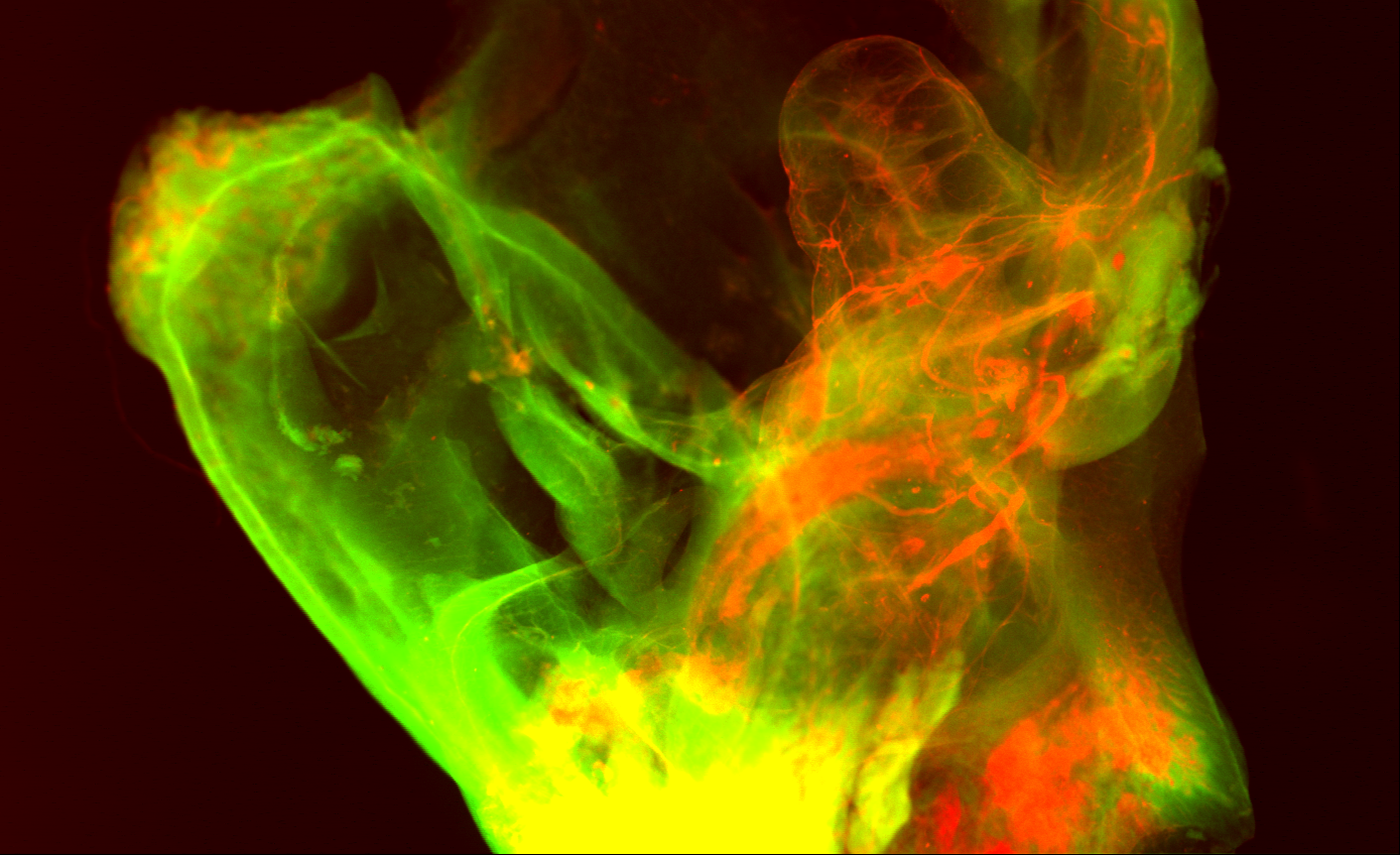LASER - World of PHOTONICS 2023: Life Sciences

Contact
Phone: +49 511 2788-419
Email: messe@lzh.de
Eye Model
The silicone hollow eye model was created as part of a research project focused on studying vitreous opacities, commonly known as floaters, within the human eye's vitreous body. This model can be filled with hydrogels to replicate the properties of the vitreous. It's realistic geometry mimics actual eyes, allowing for the placement of typical patient interfaces on the cornea and ensuring a matching refractive index.
Floaters can come in different sizes and shapes, and the degree of liquefaction can vary among individual patients. Consequently, the range of motion for floaters can vary from complete static positioning to free movement in a fluid-like viscosity. Due to the extensive movement possibilities of floaters and the limited availability of patient floater recordings, our primary focus was to establish an adjustable model that encompasses the entire range of motion, from complete static positioning to free movement within the vitreous body.
For the vitreous body model, we utilized the gel forming agent PNC400, which solidifies into a rigid gel with exceptional clarity when it reaches a water content of 99%. To produce the eye, we employed a 3D printing process to create two hemispheres. The inner surface of the mold was smoothed using epoxy resin and polishing techniques. Subsequently, we filled it with a two-component silicone that possesses high transparency, low viscosity, and a lengthy curing time. The hemispheres were then sealed together, and the entire mold was rotated along all axes for several hours, allowing the silicone to slowly cure against the mold walls.
Utilizing 3D printing as the manufacturing process enables us to construct the shape of the cornea freely. Depending on the specific geometry, we can adjust the refractive power of the silicone cornea to replicate that of the human cornea and lens. However, the model eye does not include a separate lens. The construction of the eye was based on precise measurements from the Navarro model eye, which defines distances, radii, and refractive indices with great accuracy.
It is important to note that the eye model is still undergoing development, and precise parameters are yet to be determined. Additionally, beyond its application in floater research, this model may have other potential uses, such as serving as a training model for various ophthalmic surgical techniques or aiding in research on imaging practices within the eye. The LZH continues to explore the possibilities and advancements in the field of the model eye.

Motivation
• Model eyes for laser applications in ophthalmology
Function / Properties / Characteristics
• Adjustable focus length
• Suitable for contact interfaces
• Adjustable vitreous body
Applications
• Laser research in ophthalmology
• Surgery trainer for doctors
Material
• SILGLAS 25 (glasklar), PNC400 Hydrogel
• Viscosity 500cps
• Curing time 3-4 hours
Lens design
• Concavo-convex lens
• Lens radius (7,37 mm / 12,67 mm)
Production
• Asynchron sinusoidal motion for 4 hours in 3D-printed lens form
• Slow curing and motion prevents trapped gas bubbles
Laser handpiece for bone cement removal
The LaZE - Laser Cement Removal project addresses the topic of revision surgery in arthroplasty. Specifically, the application for the removal of bone cement around hip implants in the bone interior of the femur. According to the current medical gold standard, bone cement is removed using mechanical force. In most cases, hammers and chisels are used. This is accompanied by a high bone loss as well as an increased risk of complications in case of poor bone structure or bone density. The device and procedure developed in the project enables surgeons to segment the bone cement inside the bone using lasers and then remove it more gently. This is done without the use of mechanical force. The segmentation of the bone cement takes place in a temperature range that ensures the vitality of the bone. Patient safety is increased by the fact that the laser handpiece, based on an endoscope, provides a direct view into the bone interior. This view is further supplemented by selective illumination, which results in a higher-contrast image of bone and cement. Accordingly, differentiation in the interior of the bone is facilitated.
Motivation
• High bone loss and pain during revision surgery of cemented hip implants with current surgical techniques
• Increase patient safety
• Reduction of the necessary force and operating room (OR) time
Function / Properties / Characteristics
• Laser application and ablation
• View of the surgical area within the bone
• Contrast increase between bone and cement
Applications
• In OR in hospitals
• Surgical device for bone cement removal
Parameters
• Laser ablation in the vital temperature range of human bone
Laser sources
• RevoLix HTL (Lisa Laser Products an OmniGuide Company)
• Thulium-YAG Laser, 150 W
Processed material
• Bone Cement
